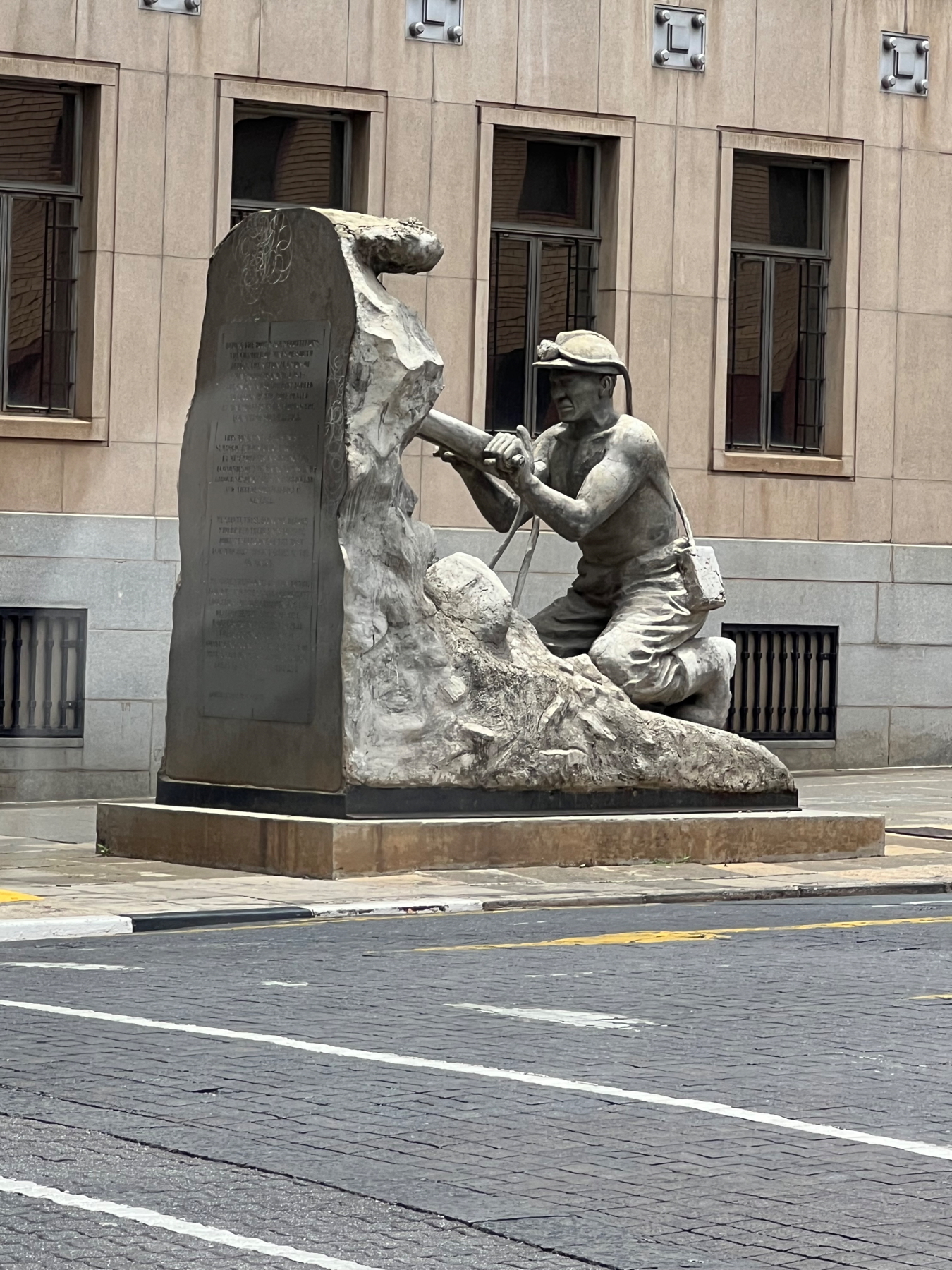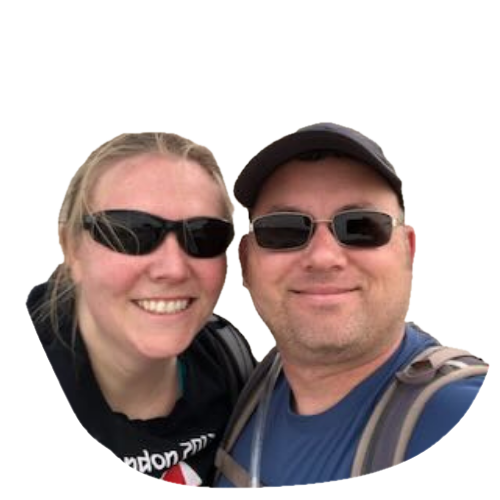A Day Tour of Johannesburg
For our last full day in Johannesburg, we opted to do a day tour of some of the main historical parts of the city.
The first stop was at Constitution Hill, which is at a former prison complex/military fort built by Paul Kruger in 1898 to protect against British Invasion and then to house Boer prisoners from the Anglo-Boer war. Starting in the early 1900s, political activists opposed to apartheid were imprisoned here, including Mahatma Ghandi. As apartheid took hold, many thousands were imprisoned, including political activists like Nelson Mandela. But the prison held many who simply violated the “pass laws” - laws requiring blacks to have a pass to enter the city to work. White men were held separately, and in significantly better conditions than the black men, and women had their own block. Overcrowding, disease, humiliation, rape, torture, and starvation was the norm for the black men held there. The prison was closed in 1983. In 2004, Nelson Mandela oversaw its reopening as the country’s highest constitutional court (Similar to the US Supreme Court for constitutional issues, not civil).
The courtyard in the area holding black prisoners where the prisoners had to strip naked, were strip searched, had to do a dance and squat down where they were probed for contraband, and otherwise harmed and humiliated
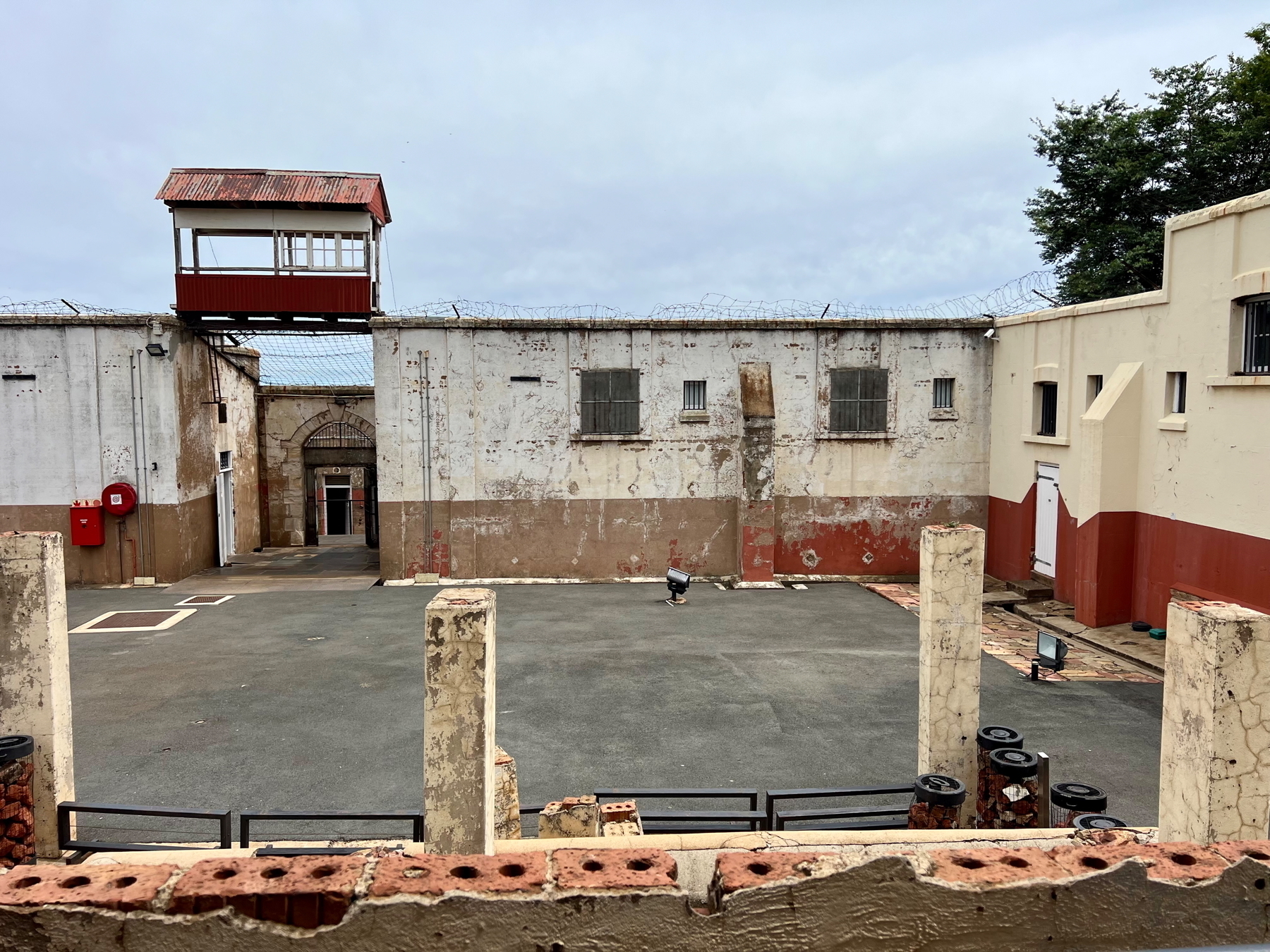
These cells held black prisoners—60 to 80 prisoners per room
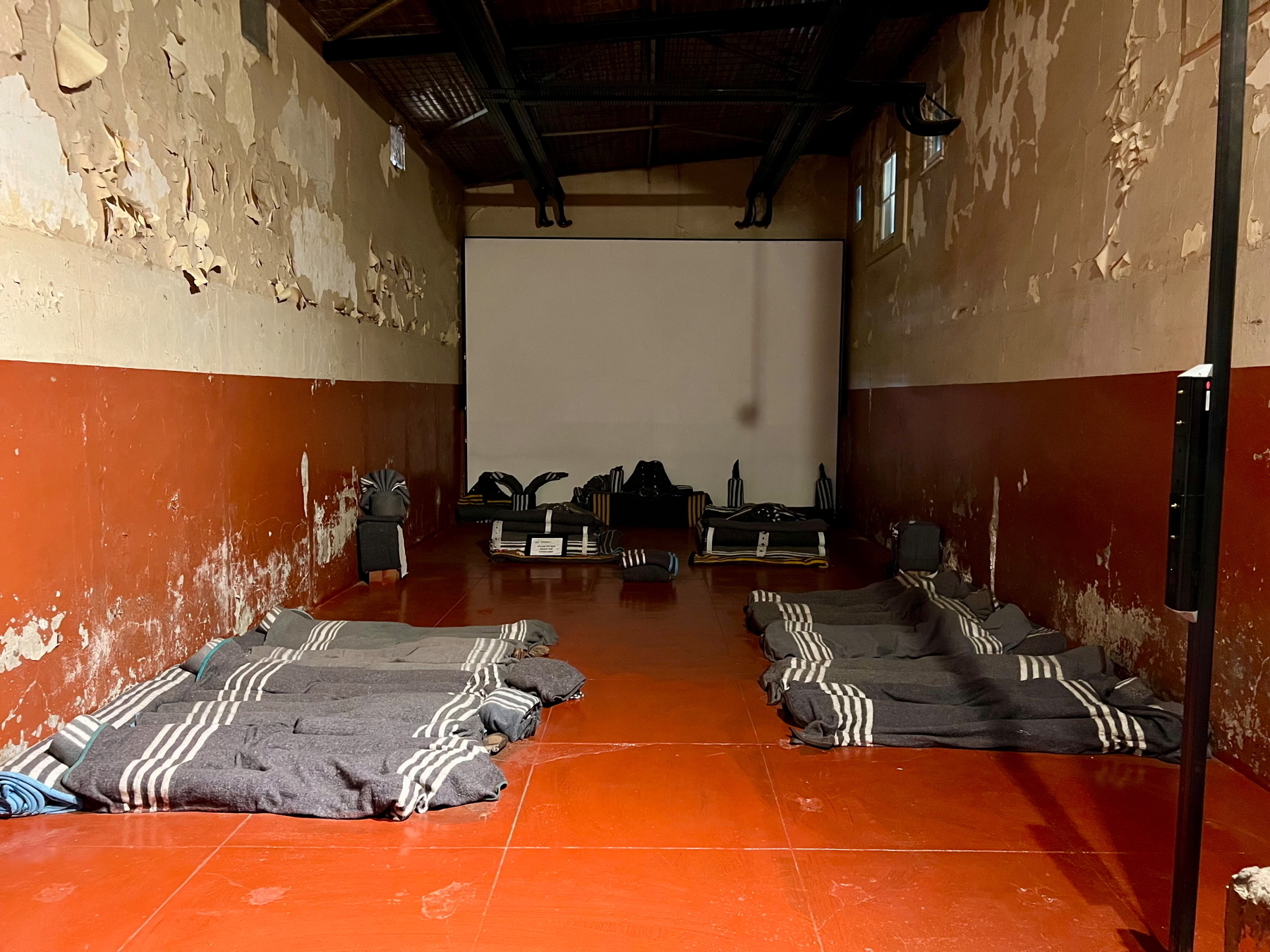
This cell was an isolation cell for black prisoners, but specifically held political prisoners
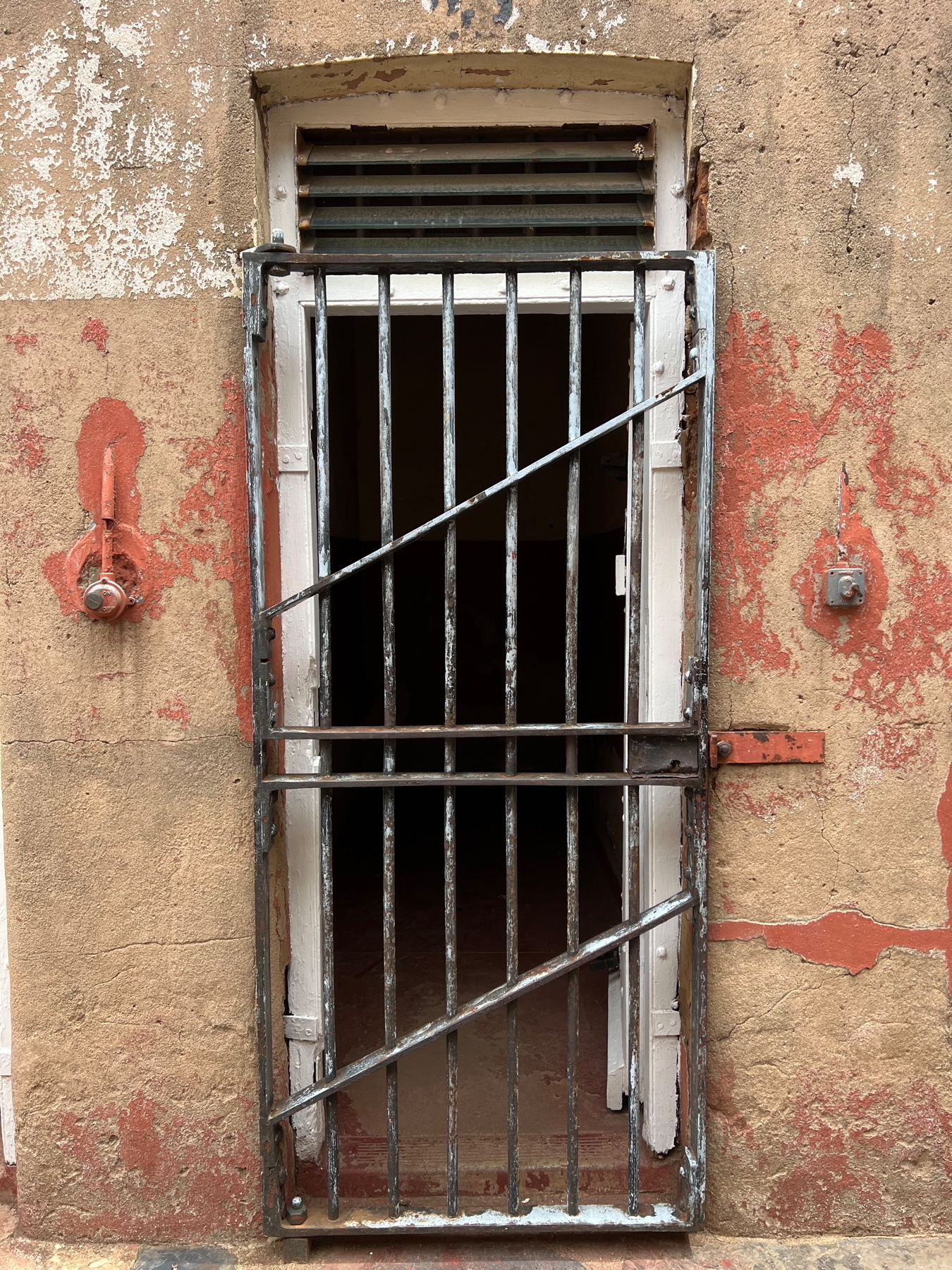
The barbed wire over the area where the isolation cells were for the black prisoners
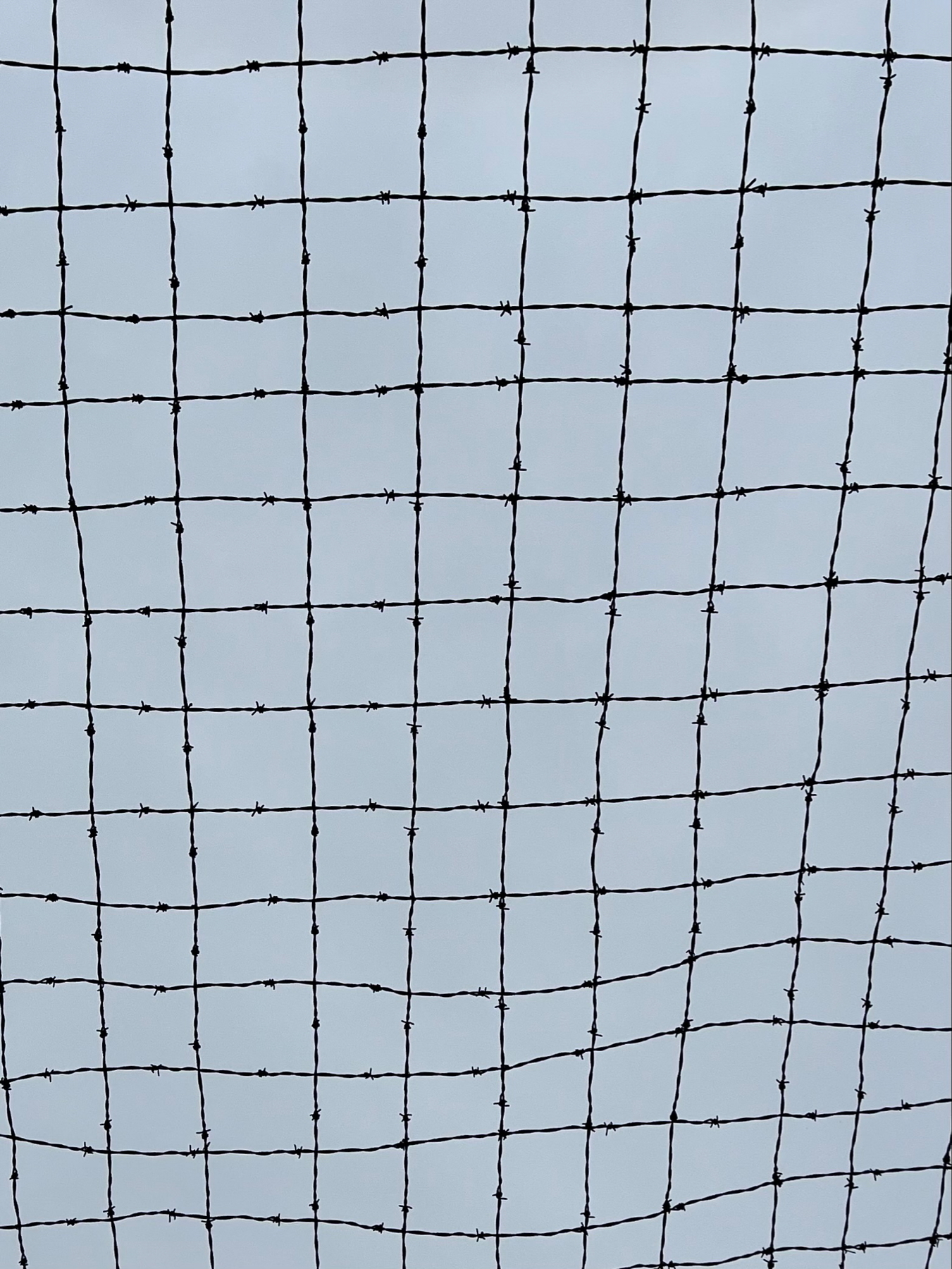
The isolation cells for the white prisoners
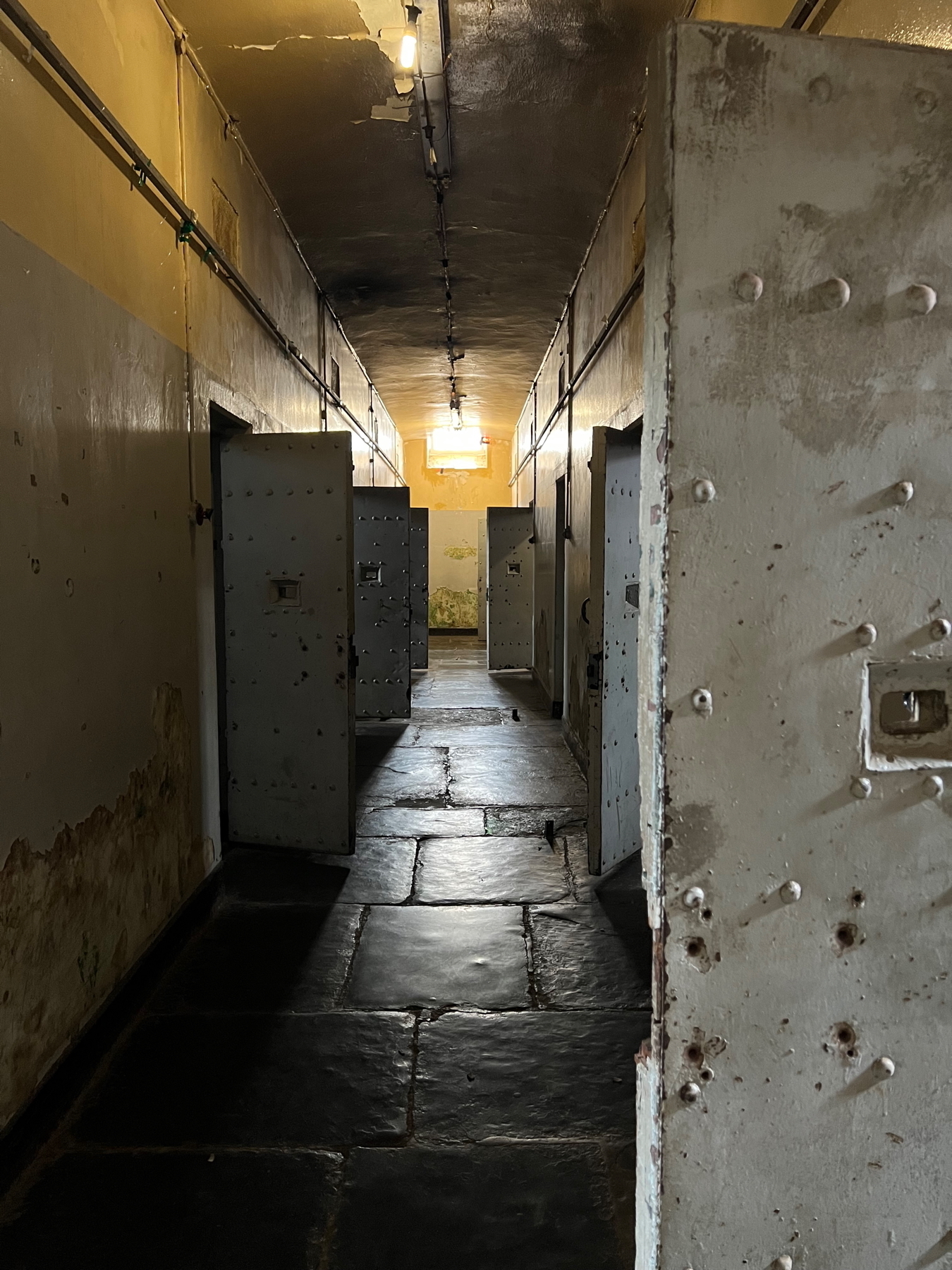
The Constitutional Court
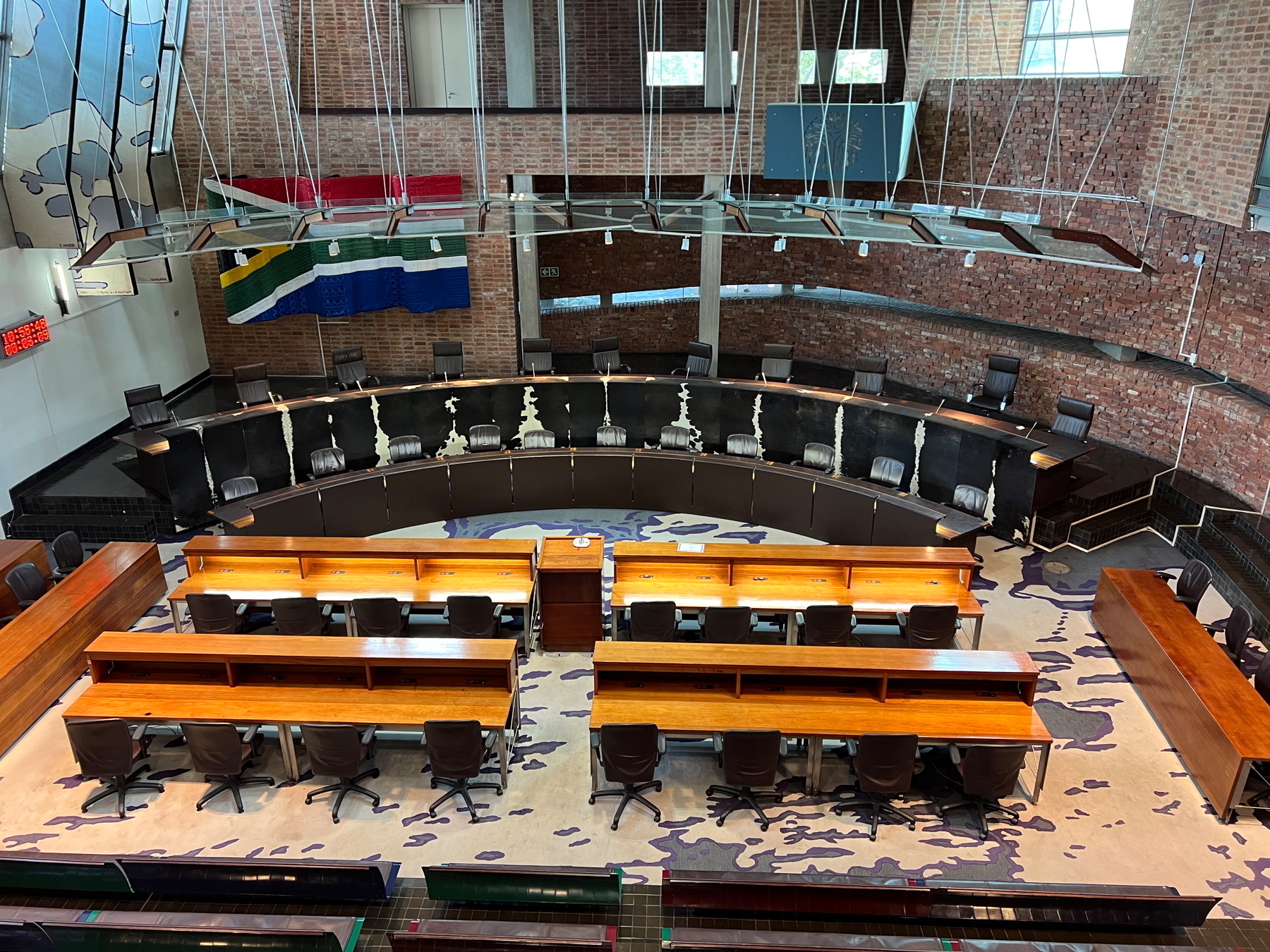
The doors leading into the court-they outline the 12 official languages of the court
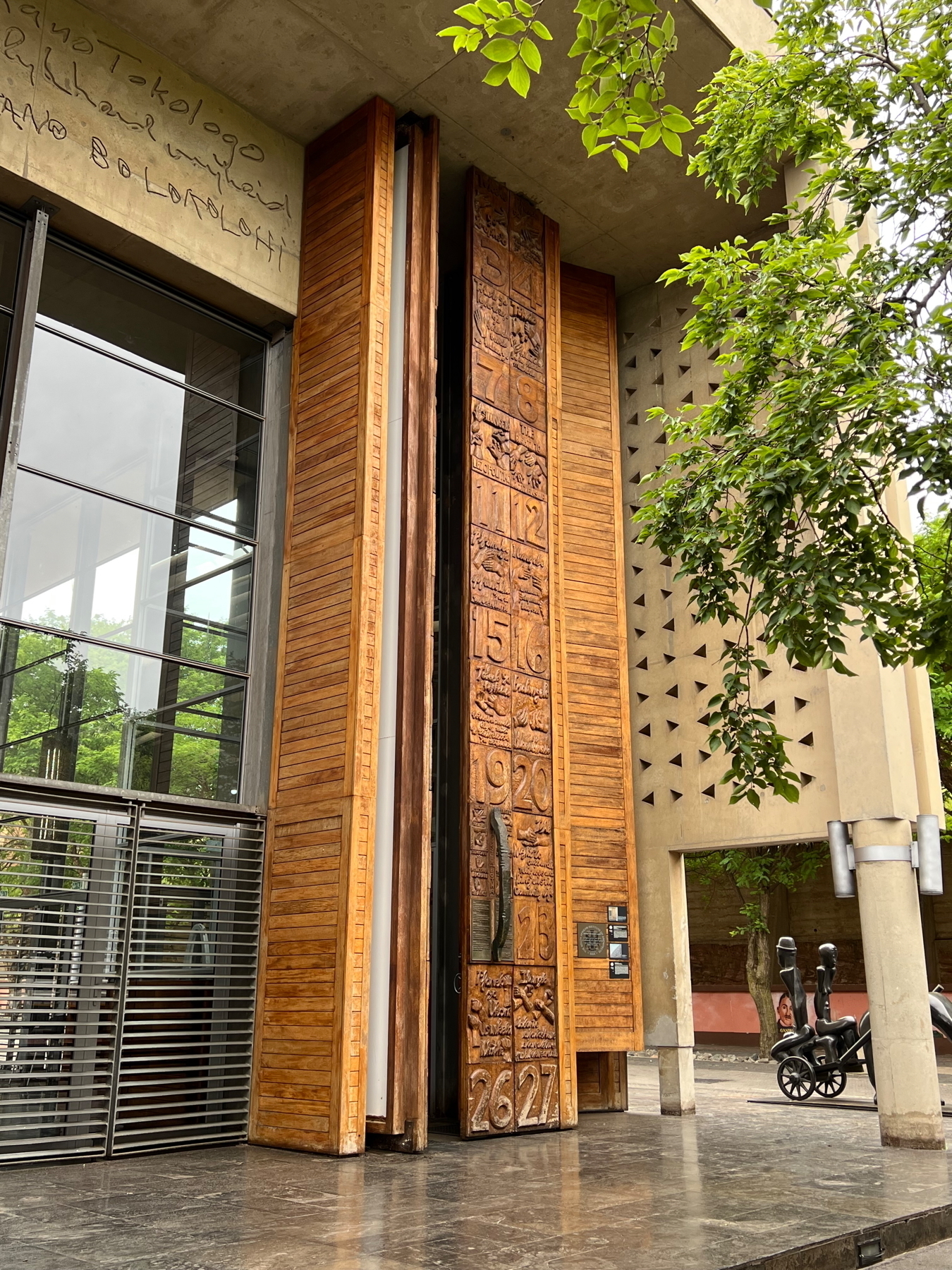
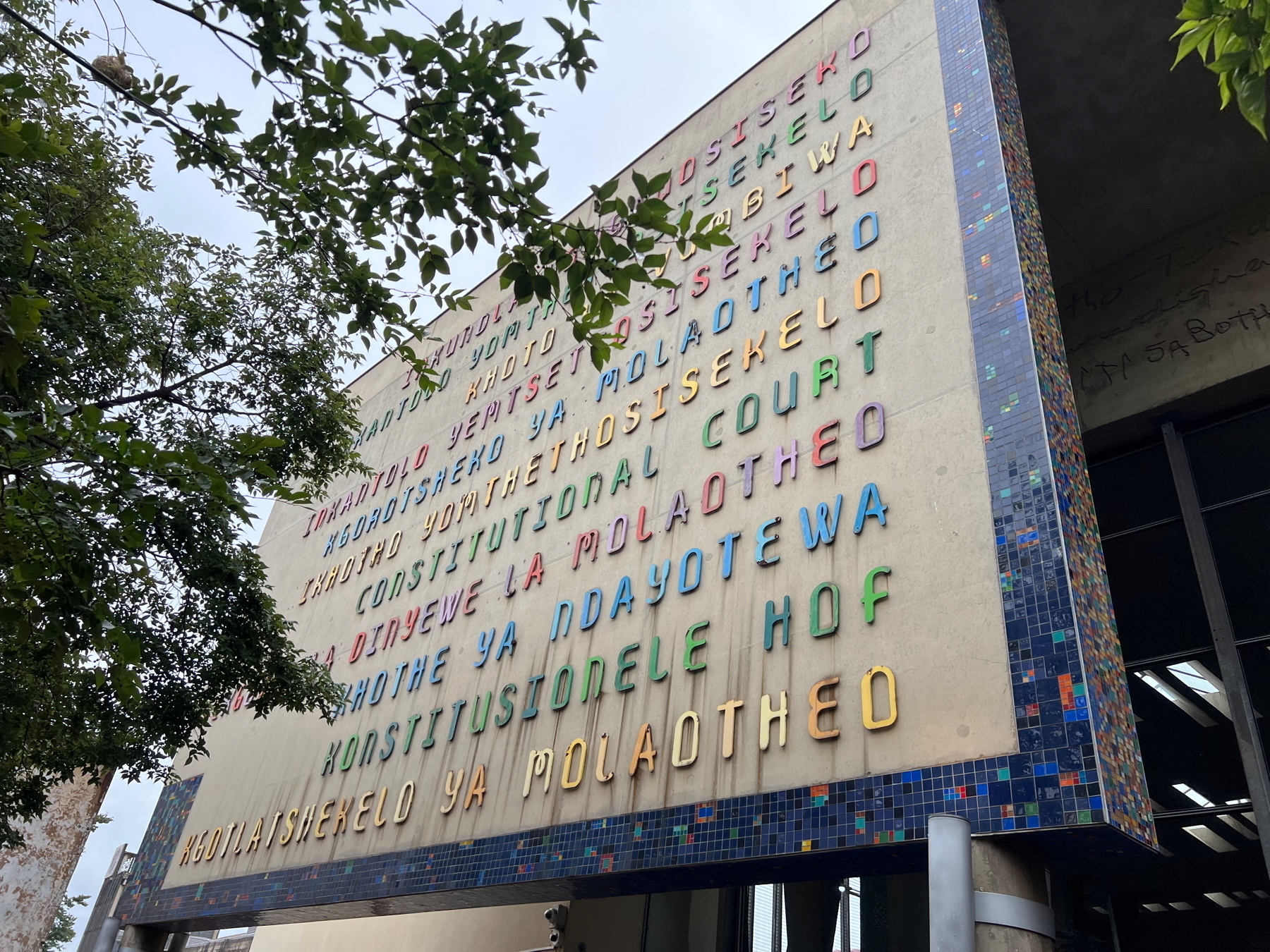
A replica of the holding cells for prisoners awaiting “trial” during apartheid
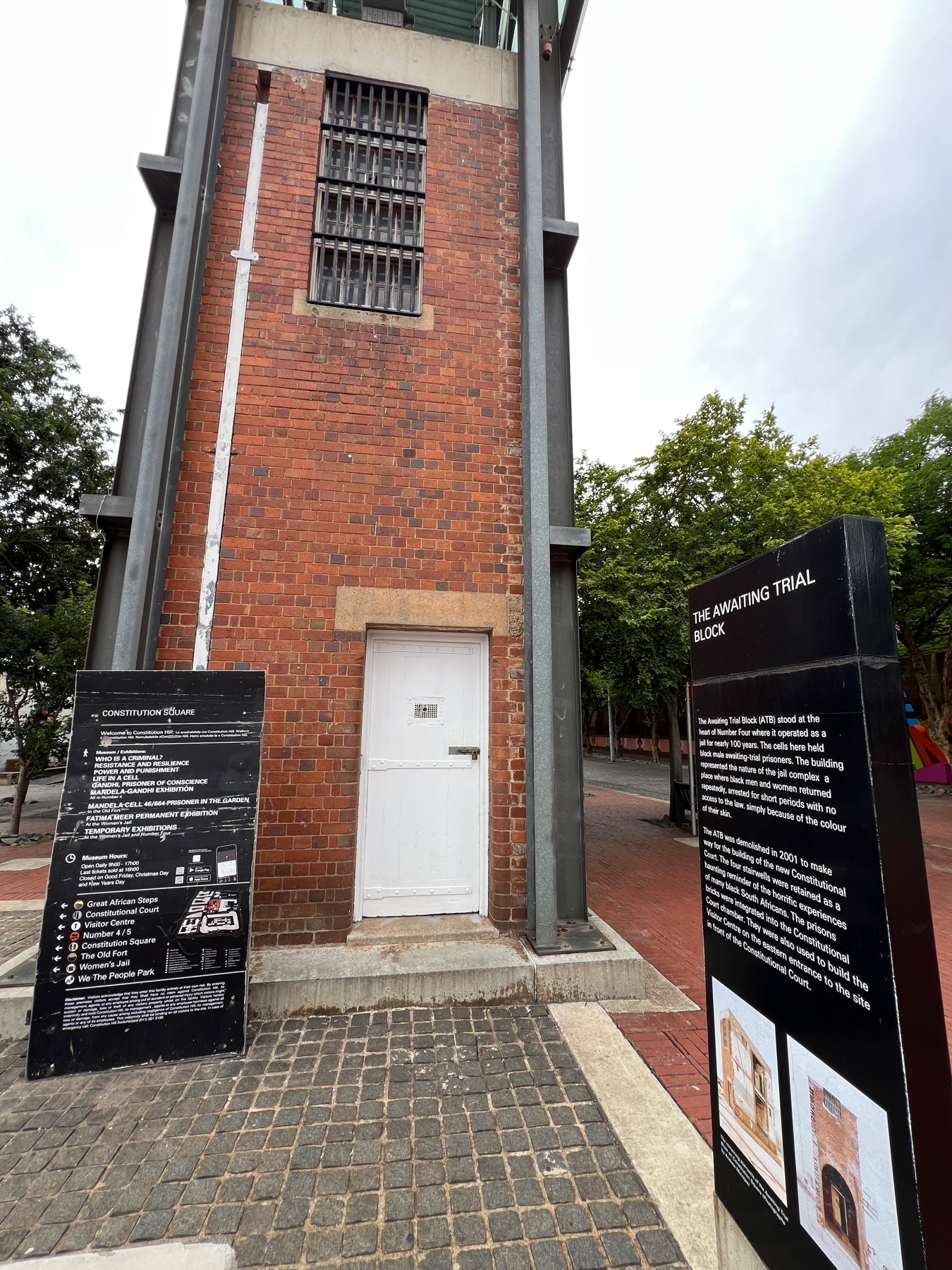
Nelson Mandela’s cell
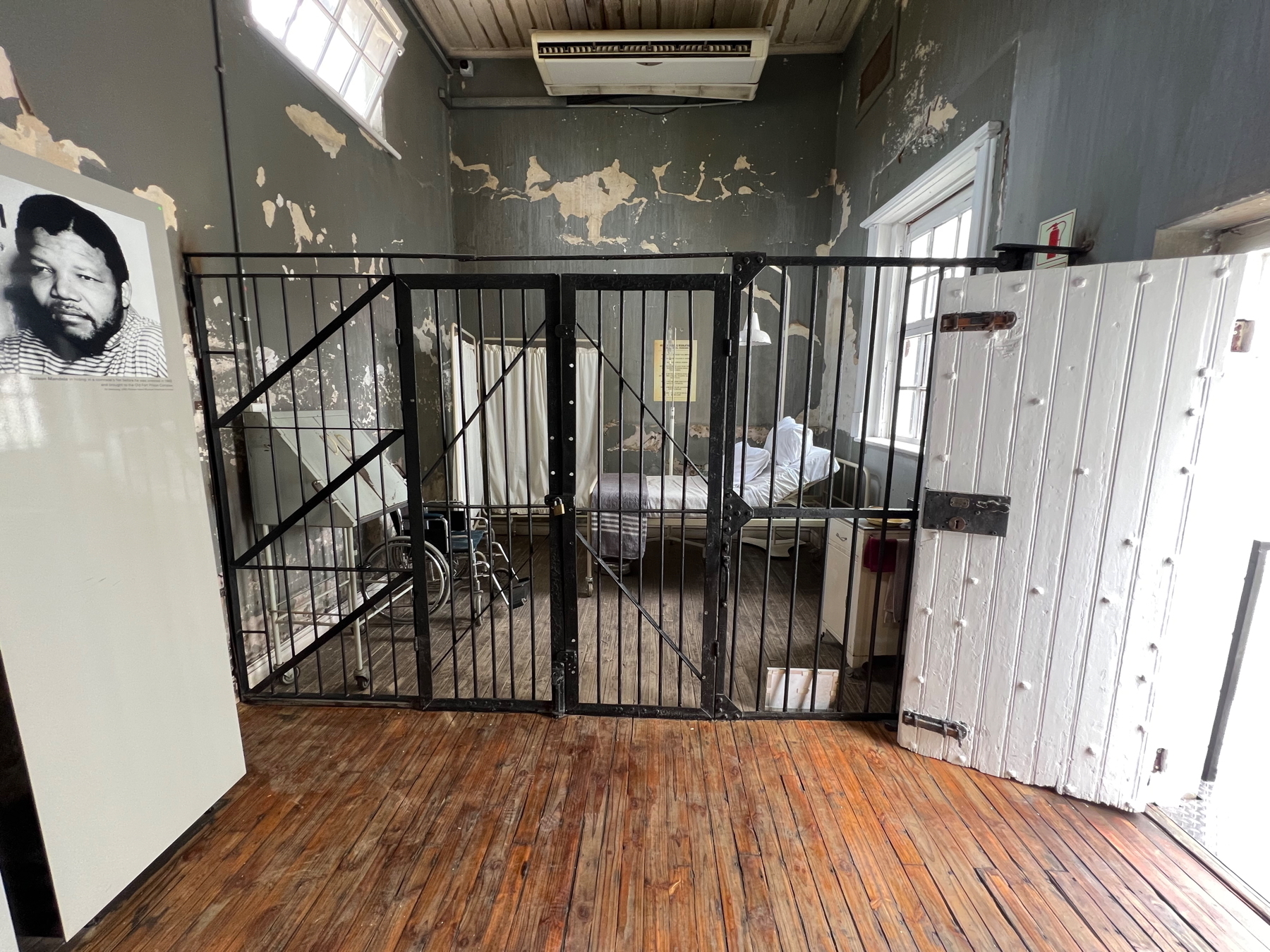
Nelson Mandela’s personal papers
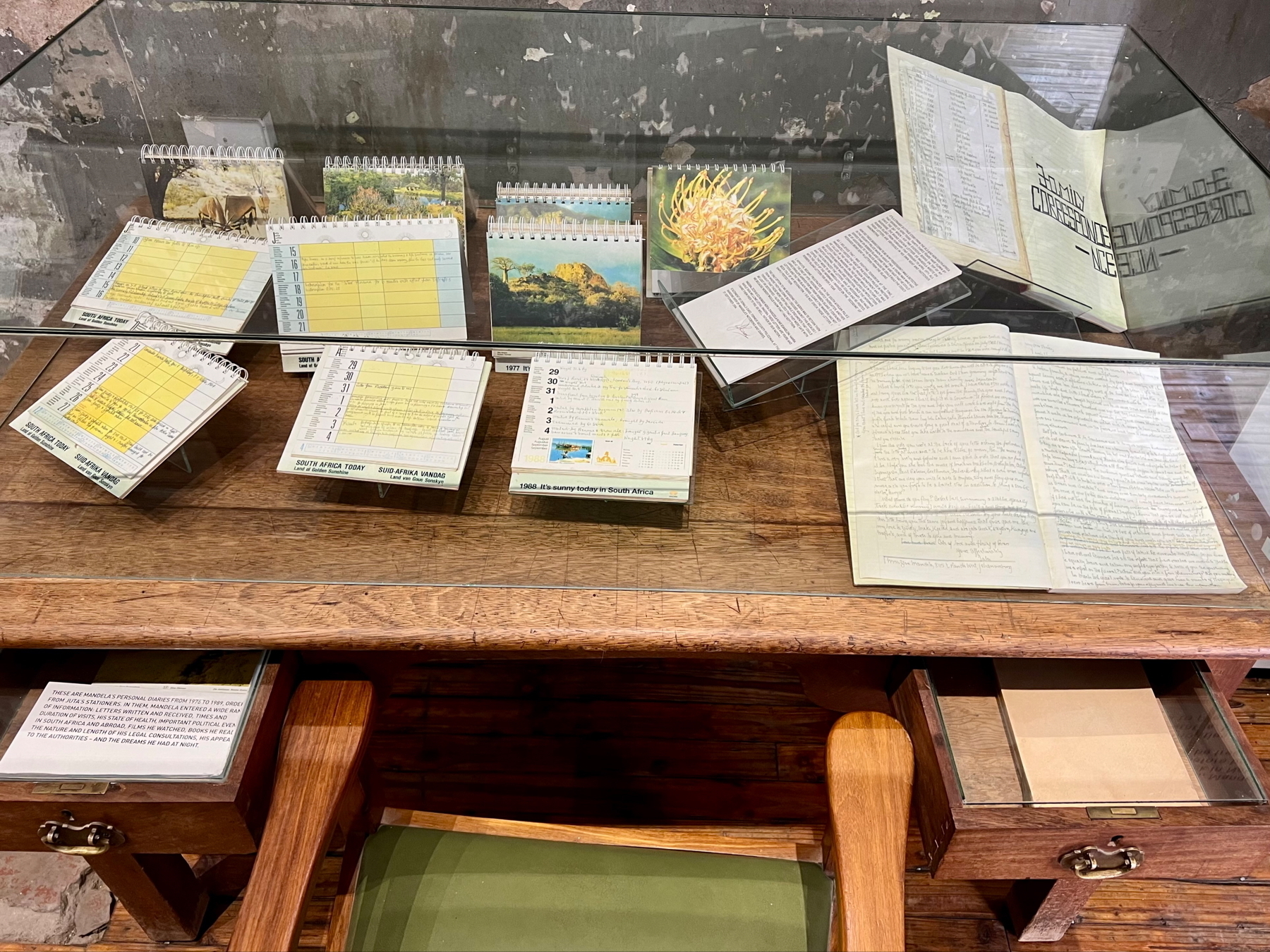
The flame of democracy
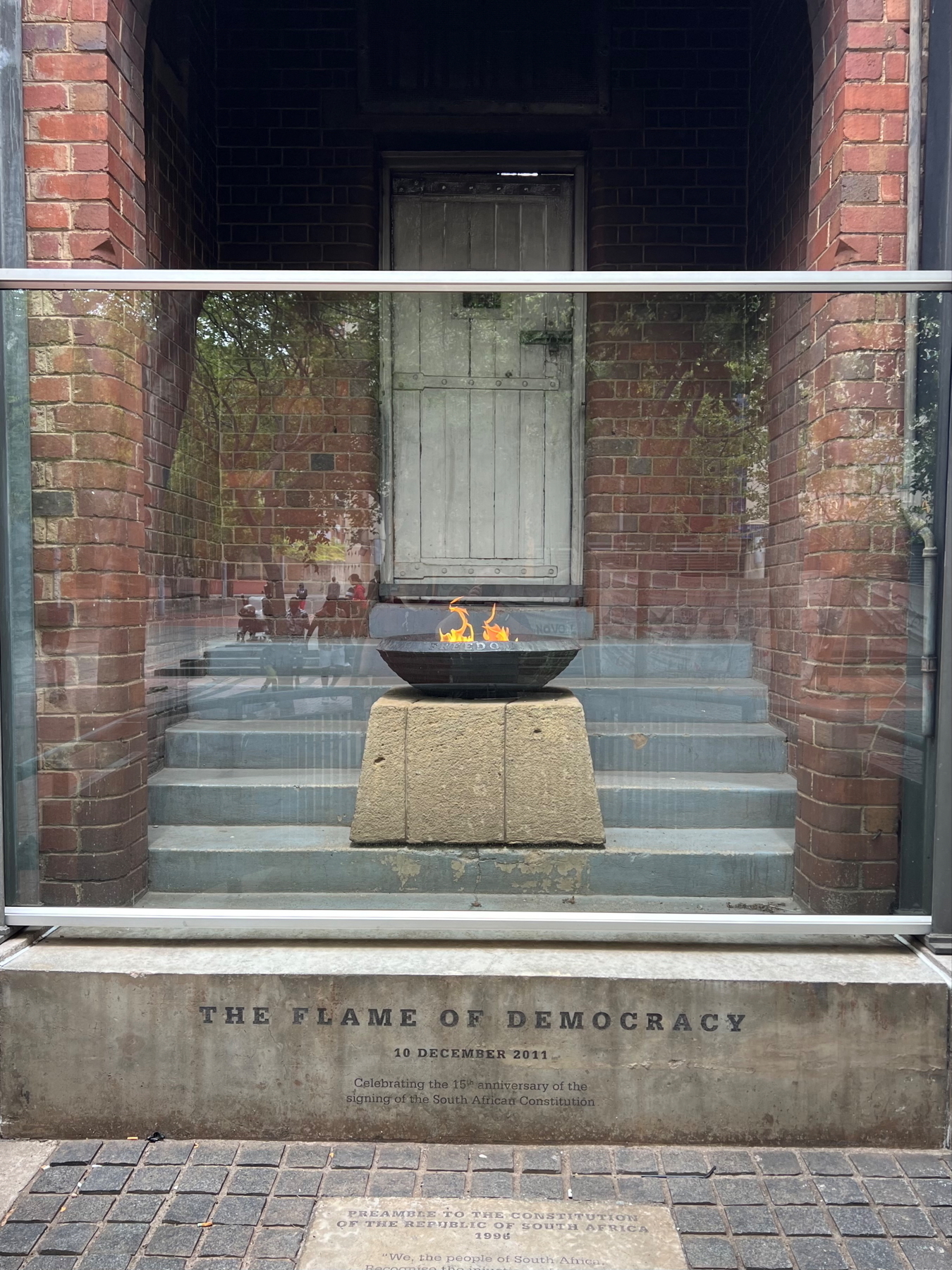
An interesting statue
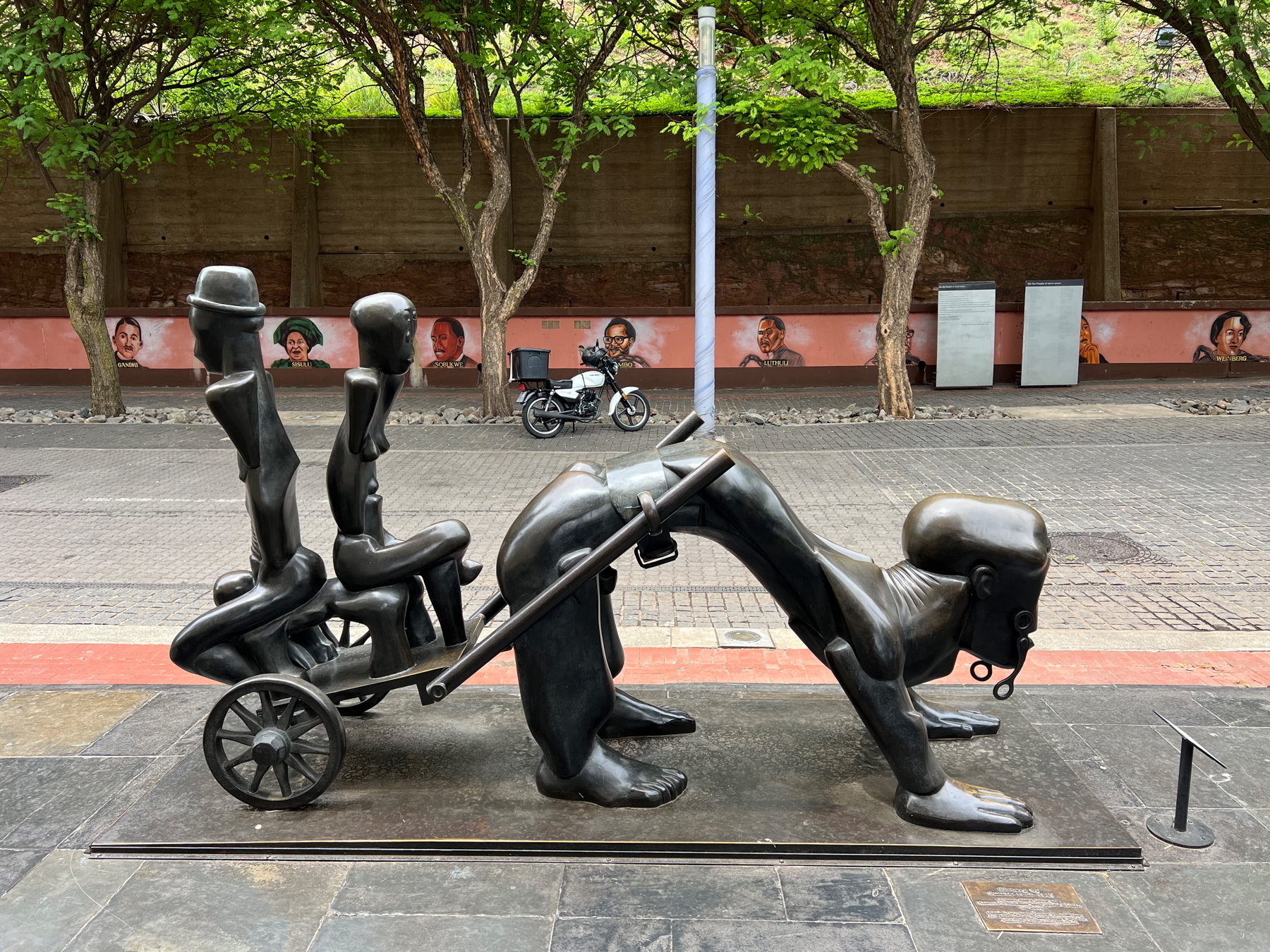
Ghandi’s bust
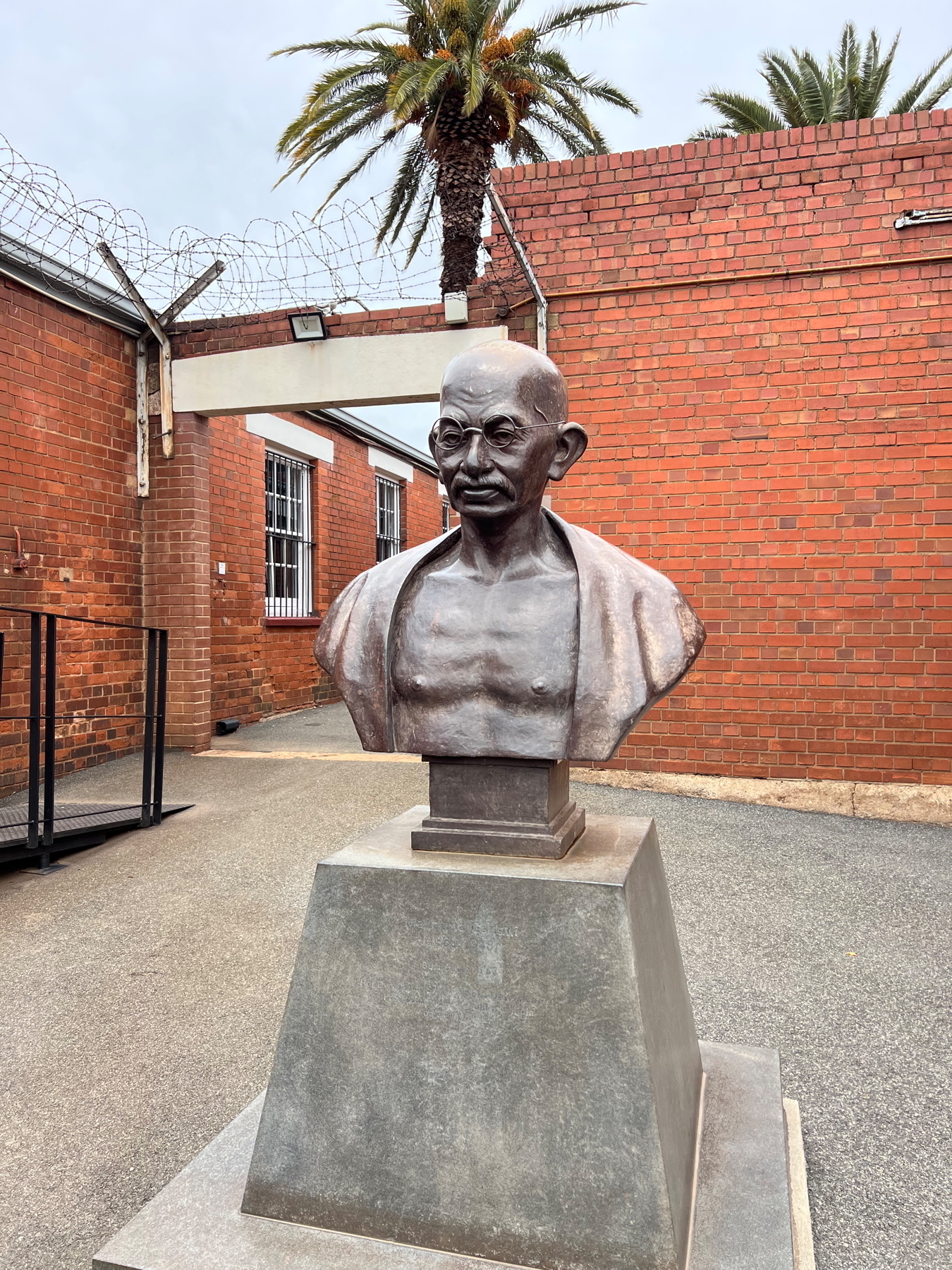
After that, we headed to Nelson Mandela’s home in Soweto. Mandela bought it in 1946 with his first wife, Evelyn. After their divorce in 1957, Mandela continued to live there, and welcomed his second wife, Winnie there. Mandela lived there until his arrest and imprisonment in 1962, but the house stayed in their name until the family donated it in 1996. Winnie was subjected to extreme harassment when Mandela was imprisoned, even subjecting her to a firebombing of the house, and eventually forced her to go into exile. Mandela returned to the home when he was finally released from prison in 1990.
Nelson Mandela’s home
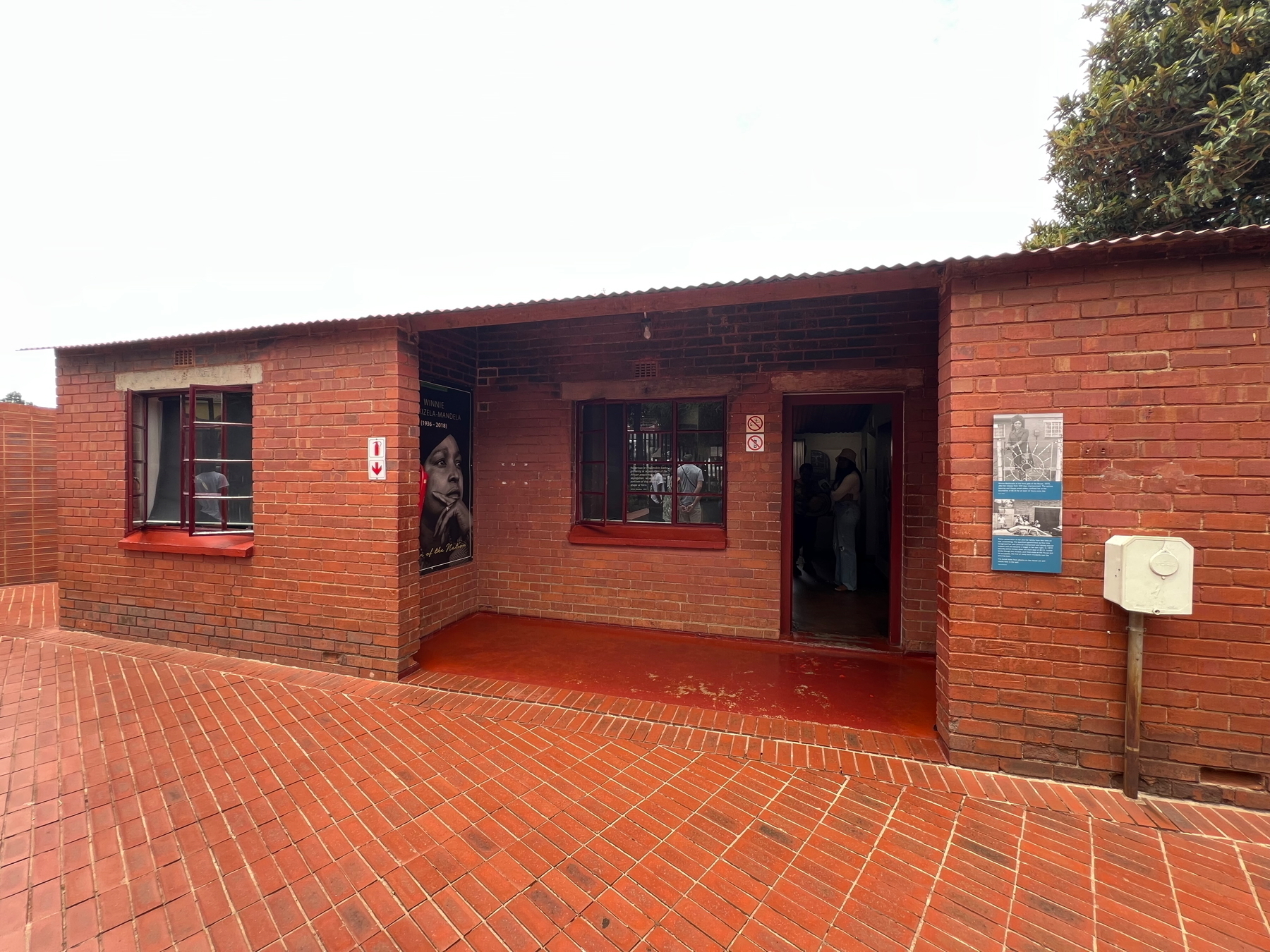
Nelson Mandela’s actual chair
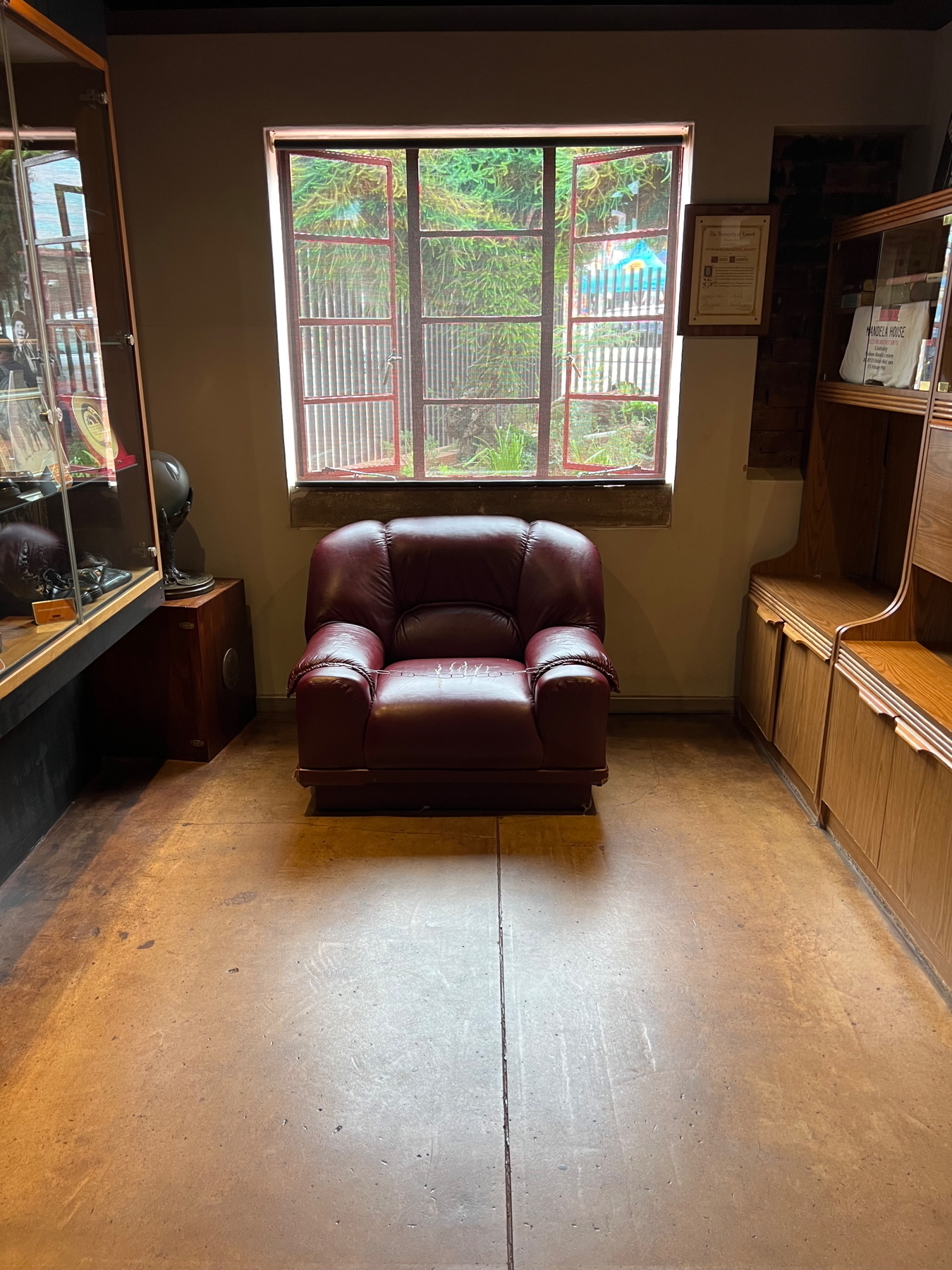
Nelson Mandela
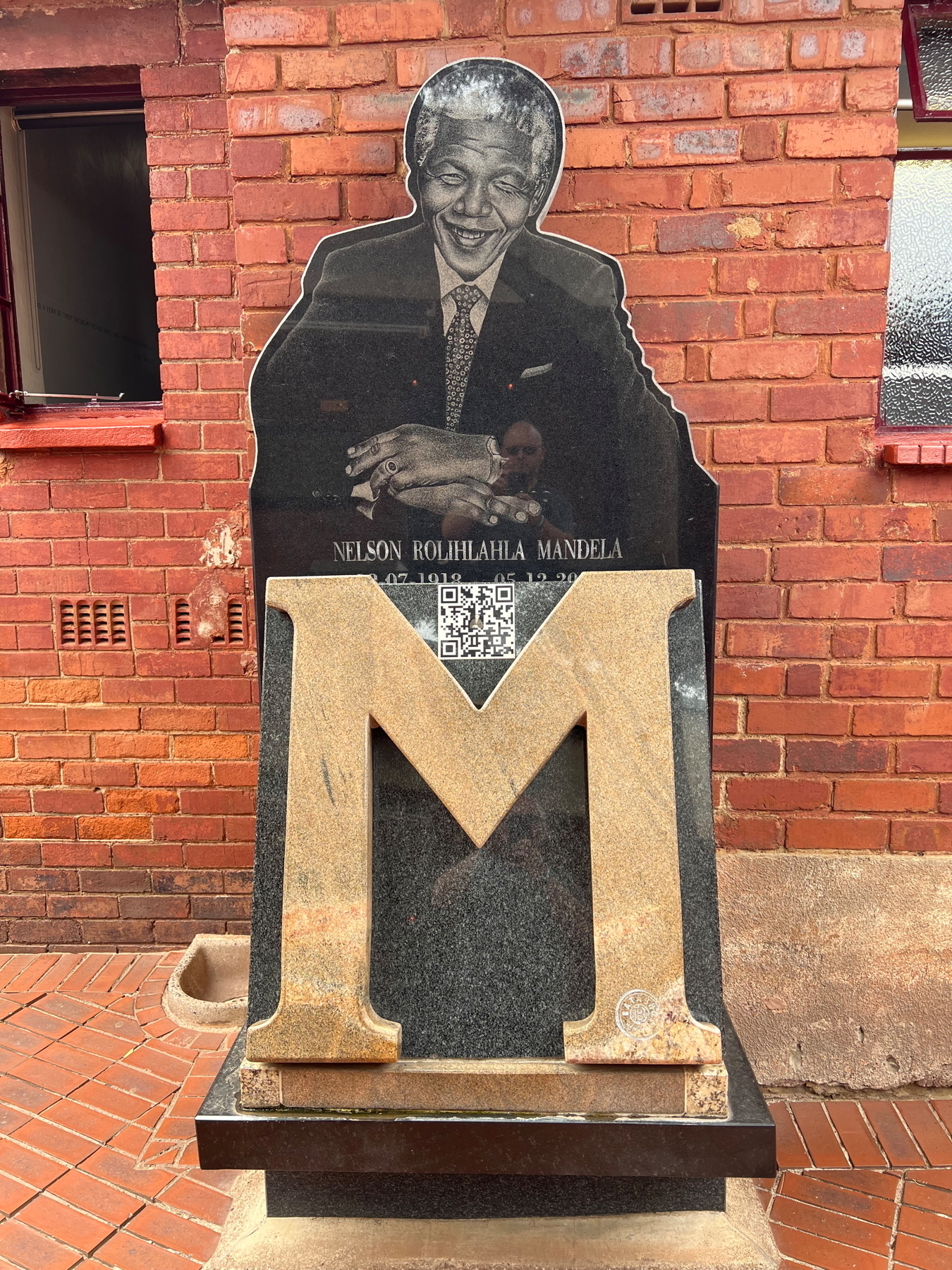
We then went to the site of the 1976 Soweto uprising where black students began protesting the apartheid government’s mandate that they only learn and use the Afrikaans language. Eventually the police started using live ammunition and when everything was done, hundreds of children were dead. One such child was Hector Pieterson, who was not participating in the protest, but was innocently standing on a street corner waiting for his sister to come from school. A memorial in his name now stands to commemorate those who were killed.

Injustice
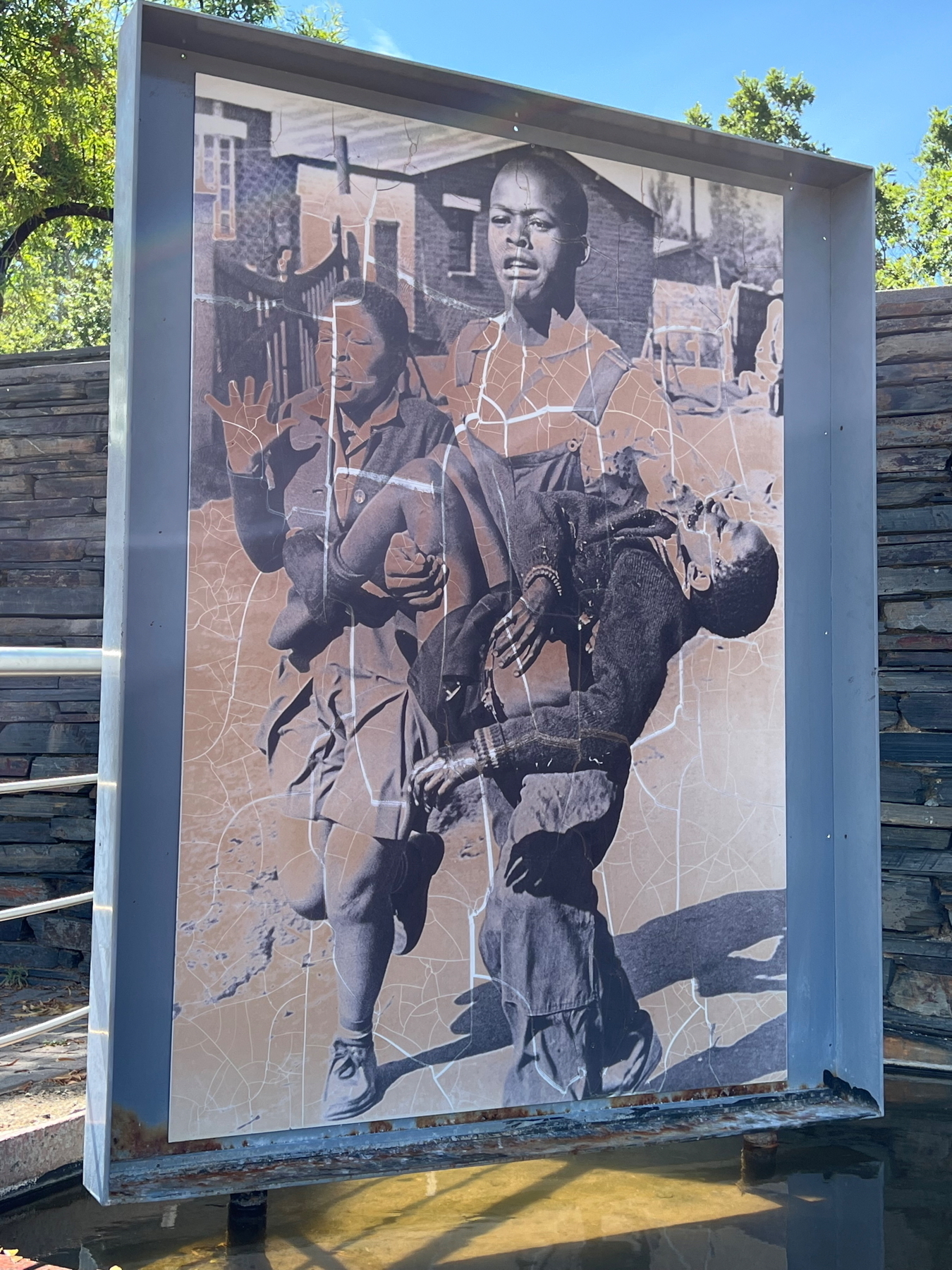
Then we were off to the Apartheid Museum, which was a great museum outlining the events leading to, during, and the downfall of Apartheid.
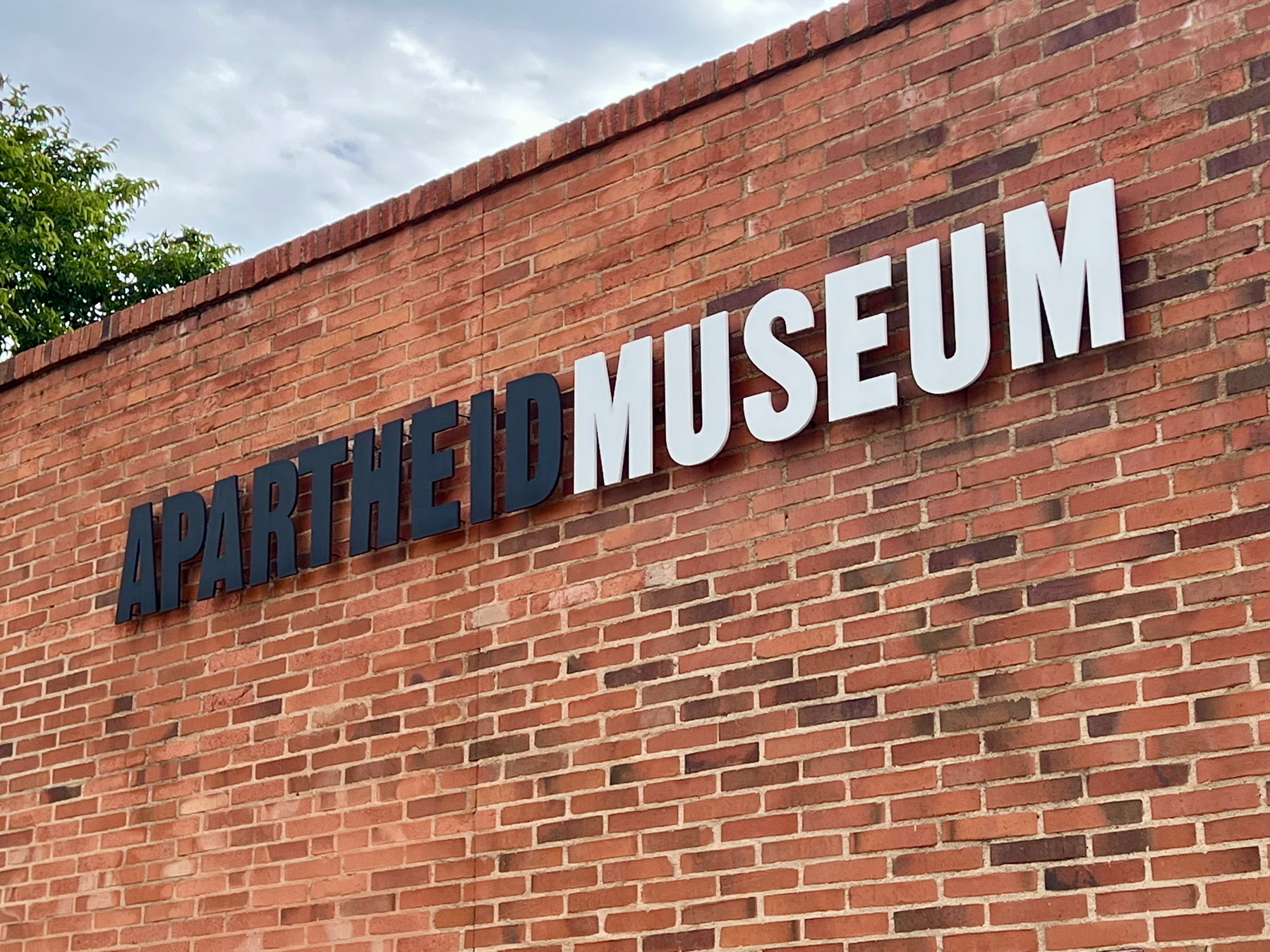
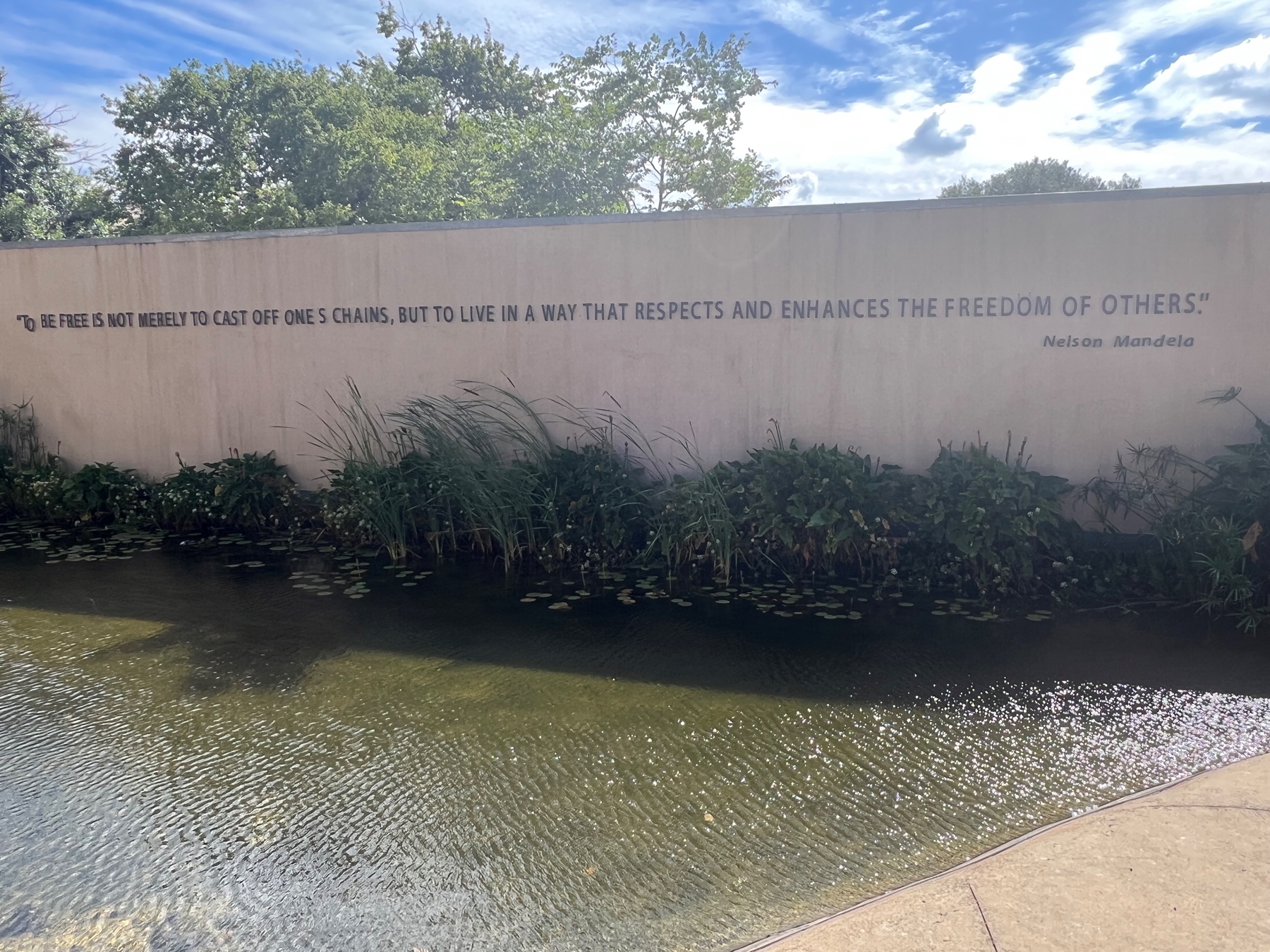
Here are some other photos of interesting things/stops along the tour:
Old coal chimneys
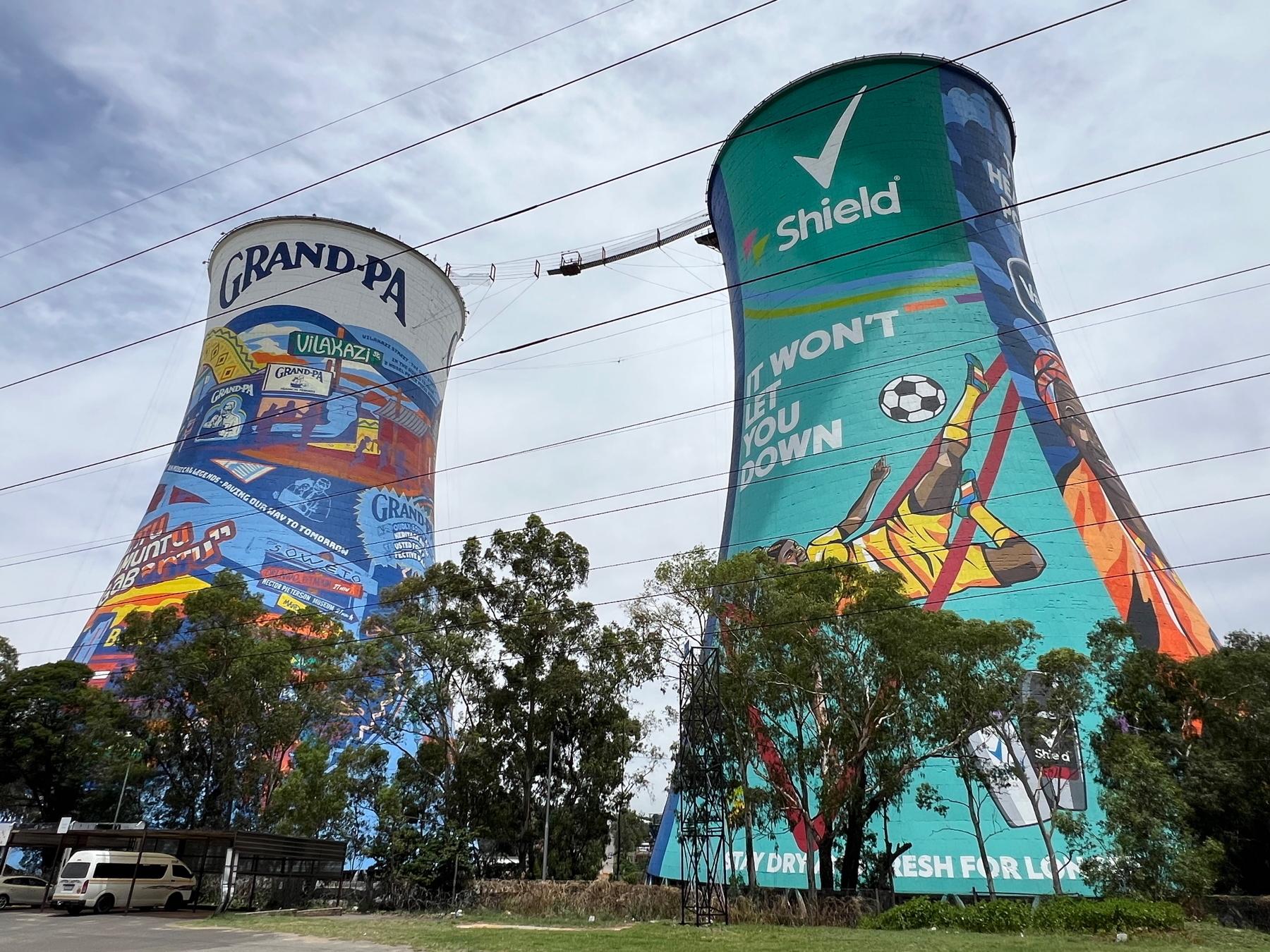
Stadium

A statue to represent the mining background of the area
